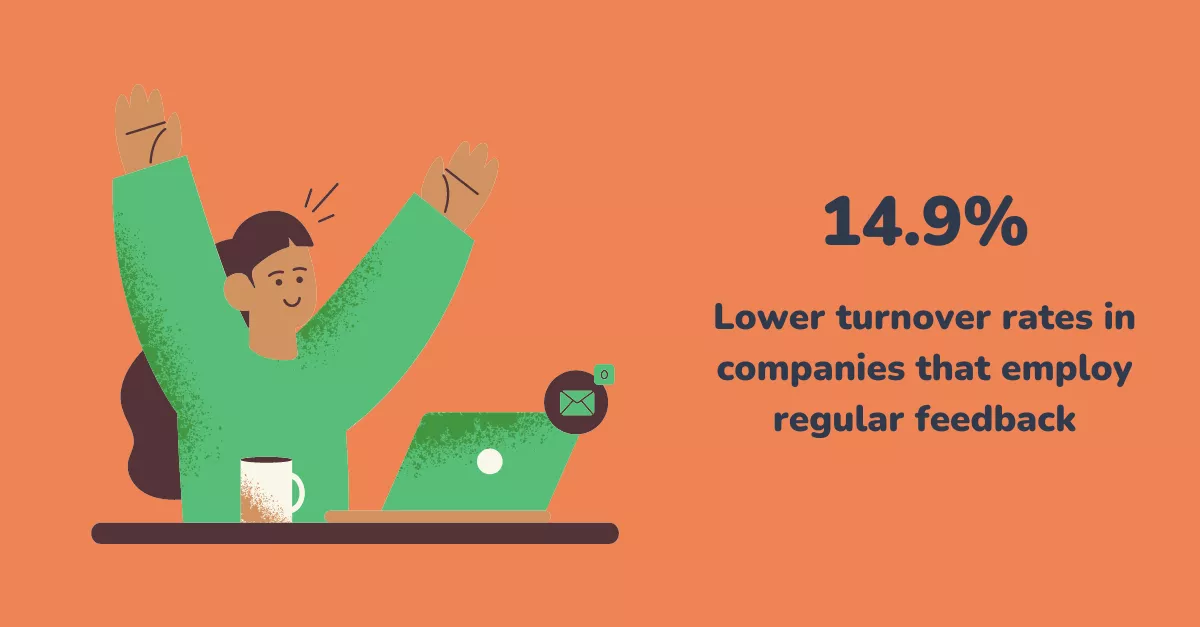In any crisis, it's essential for organizations to find ways to maintain productivity and efficiency while navigating new challenges. However, this can be easier said than done, especially when it comes to managing a workforce. To overcome these obstacles, leaders need to have a deep understanding of their employees and be willing to make changes based on feedback from their team.
The Importance of Understanding Your Workforce During a Crisis
Understanding your workforce is crucial during a crisis. When a crisis occurs, it can interfere with regular business operations and bring up unexpected difficulties that may affect worker productivity and well-being. It's crucial for a leader to have a thorough awareness of their team's requirements, shortcomings, and strengths. With this knowledge, you can make data-driven decisions that provide better results and assist you in overcoming crisis-related difficulties.
Stress levels escalating is one of the main effects of a crisis on employees. Employees may express dread, anxiety, and uncertainty about their jobs and the future of the organization during a crisis. This makes it even more crucial to comprehend your employees and give them the assistance and tools they require to weather the crisis. These emotions can also result in decreased productivity and engagement.
Understanding your employees is essential during a crisis since it can help you spot areas for development. You may learn more about how your team operates and spot any problems or inefficiencies by asking for input from your employees. You can use this input to assist your decisions on adjustments that could be made to increase efficiency and productivity.
During a crisis, it can be very dangerous to ignore your workforce. Employees could get disengaged from their work or even leave the organization if they feel unsupported or overwhelmed. Significant implications could result from this, such as lost productivity, hiring and training costs, and lower morale among existing employees.
The Role of Feedback in Improving Workforce Efficiency

To effectively leverage feedback for improving workforce efficiency, it's essential to gather feedback regularly and analyze it thoroughly. This requires creating a culture of open communication where employees feel comfortable sharing their thoughts and ideas. It also requires having the right tools and processes in place for gathering and analyzing feedback.
Feedback comes in a variety of forms, and some of them are especially helpful in times of crisis. For instance, pulse surveys can assist executives in determining whether employees have the tools and support they require to do their jobs well as well as how they are feeling. Check-ins with employees one-on-one provide managers the chance to connect with them and offer specialized resources and support.
Communication is a crucial component in using feedback in a crisis. Leaders must regularly communicate with their team, providing updates on any changes that are being made and outlining the justifications for them. Employees benefit from feeling included in the process and understanding how their feedback is used. It's critical to take decisive action on the gained knowledge in order to successfully utilize feedback during a crisis. Leaders may routinely receive input and make modifications to help their team as needed when the proper tools and procedures are in place. This could entail increasing staff training or resources, changing team structures or workloads, or modifying work procedures.
Types of Feedback: Which Ones to Use During a Crisis
To keep the workforce productive and efficient during a crisis, getting feedback from the workforce is important. Nevertheless, with so many available feedback options, it can be difficult to choose which ones to utilize to get the most insightful data. Here are a few examples of feedback that can be particularly useful in a crisis:
- Pulse Surveys: Pulse surveys are quick assessments that can be regularly distributed to employees to learn more about their moods and potential needs for crisis help. These surveys can be helpful in locating problem areas and addressing them right away.
- One-on-One Check-Ins: Leaders can contact with employees individually through one-on-one check-ins and offer specialized resources and support. These check-ins might be especially beneficial in times of crisis when workers could be dealing with particular difficulties.
- Anonymous Feedback: When there is a crisis and when employees might be reluctant to express their opinions out loud, anonymous input might be helpful. Leaders can acquire insights into what's truly going on and solve any concerns that occur by allowing employees to offer input anonymously.
- Performance Feedback: While it is always helpful to provide employees with feedback on their performance, in times of crisis when they might be working remotely or having to deal with unexpected obstacles, this is especially true. Leaders may make sure that staff members comprehend their roles and responsibilities and pinpoint areas for development by regularly delivering performance feedback.
- Engagement Feedback: Long-term retention and increased productivity are two benefits of having engaged personnel. In order to keep a strong workforce during a crisis, executives can discover areas for improvement in employee happiness and motivation by collecting engagement data.
Analyzing Employee Feedback: Identifying Key Areas for Improvement
By analyzing employee feedback during a crisis and taking action to address areas for improvement, organizations can build trust, improve employee morale, and ensure that their workforce feels supported and valued.
- Communication - Examine any communication-related patterns in overall feedback. Determine the areas where staff members believe communication might be improved, such as timely updates, addressing issues, and making expectations clear.
- Workload and Expectations - Take into account any feedback regarding workload and expectations. Find measures to reduce areas where staff is feeling overburdened or anxious. This can entail modifying workloads, offering more resources or help, or establishing reasonable expectations.
- Mental Health - Check for suggestions regarding well-being and mental health. Find ways to support employees who are experiencing problems, such as stress, anxiety, or burnout. This can be done by making counseling services accessible, encouraging work-life balance, or giving mental health resources.
- Support - Pay close attention to employee support. Find strategies to improve any areas where staff members feel underappreciated or under supported. This could entail offering more compensation or resources, expressing gratitude for their efforts, or presenting chances for professional advancement.
These points can be leveraged to find areas of improvement within the organization by analyzing the feedback received during a time of crisis. Having regular updates and insights into what your workforce goes through and dealing with them or being a step in front can help immensely during a time of crisis when employee turnover in the same industry is relatively high.
Why OrangeHRM?
We’ve seen how important it is to have employee feedback but collecting data manually and regularly can cost you time and money. What if you could simply automate all the processes and just watch as the feedback rolls in? That is exactly what OrangeHRM does with built-in capabilities for employee engagement and performance management OrangeHRM’s human resource management software makes sure that you have your data with you for when you need them. Book your FREE demo to find out more about how OrangeHRM can help you navigate your problems on employee feedback.
